Chapter 1
HOW KARATE BEGAN
One day as Bofu, the well-known Japanese Karate teacher, was sitting carving a long stick, he was approached by Matsu, a famous Samurai (a Japanese warrior). Matsu exclaimed excitedly that he had finally understood the real meaning of true Karate (Kara...empty). He was finally empty, he said.
He was free from his mind; he had attained real peace and nonviolence.
Expressionless, Bofu listened quietly for a few minutes as Matsu went on.
Bofu suddenly whacked Matsu sharply on the head with his stick.
Enraged, the Samurai leaped to his feet and shouted, "You stupid old fool! That hurt! I could kill you for that!"
"My, my," said Bofu calmly. "This emptiness is certainly quick to show anger, isn't it?"
After a few moments, Matsu smiled sheepishly and crept away.
- an Old Story
"Empty Hands"
Karate, as it is generally known, means "empty hands."
Kara = empty Te = hands
Can you guess why? Over many centuries, Karate has developed into a system of self-defense without the use of weapons. But Karate is more than this. It is also a healthy physical 8
fitness program -
a means of exercise to keep your body in
good shape. And even more, Karate is a means to understand and go beyond the violence and disorder we live with daily.
Shaolin-szu or Kempo
The earliest record of the development of the Art of Karate began many hundreds of years ago when a famous Buddhist monk (one who follows the teaching of Buddha) named Daruma Taishi (Dar-u-ma Tie-she) traveled from India to China. When he was in China he stayed at a monastery (a religious dwelling) called Shaolin. Here he taught the monks (a group of religious people) about Buddhism. He also taught them a system of physical and mental self-defense techniques so they could keep themselves physically fit and at the same time defend themselves against bandits that attacked the monastery. This system became known as Shaolin-szu or Kempo, "fist way."
Kung Fu
Kung Fu is another Chinese style of Karate. Its fighting techniques were taken from movements of such animals as the tiger, the crane, the monkey, the leopard, the snake and even the mythical dragon. Like any particular system of Karate, Kung Fu had its own unique set of techniques. It was practiced by only a few specially chosen students and was done in secret in order to protect it from falling into the hands of the wrong people.
9


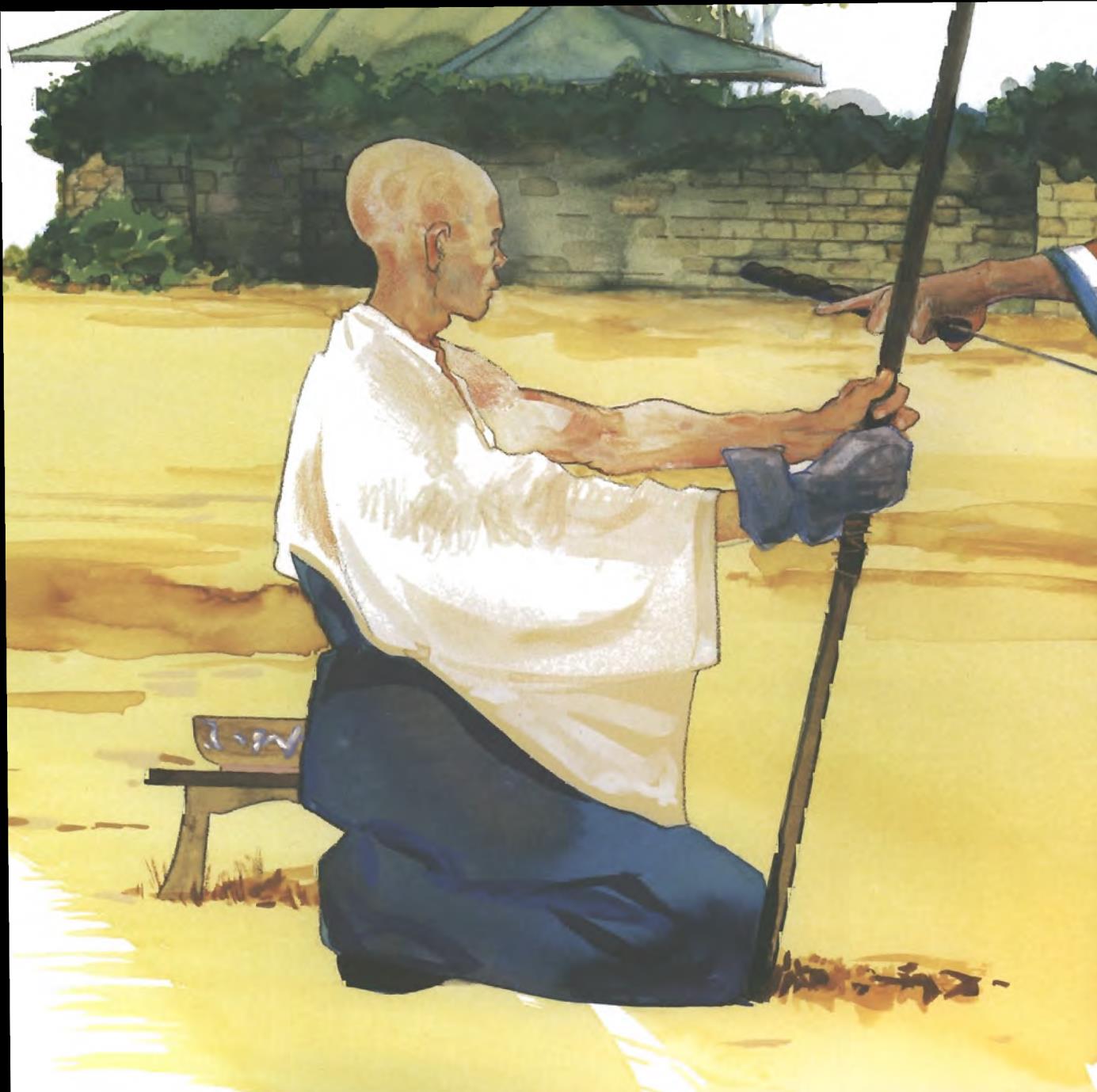


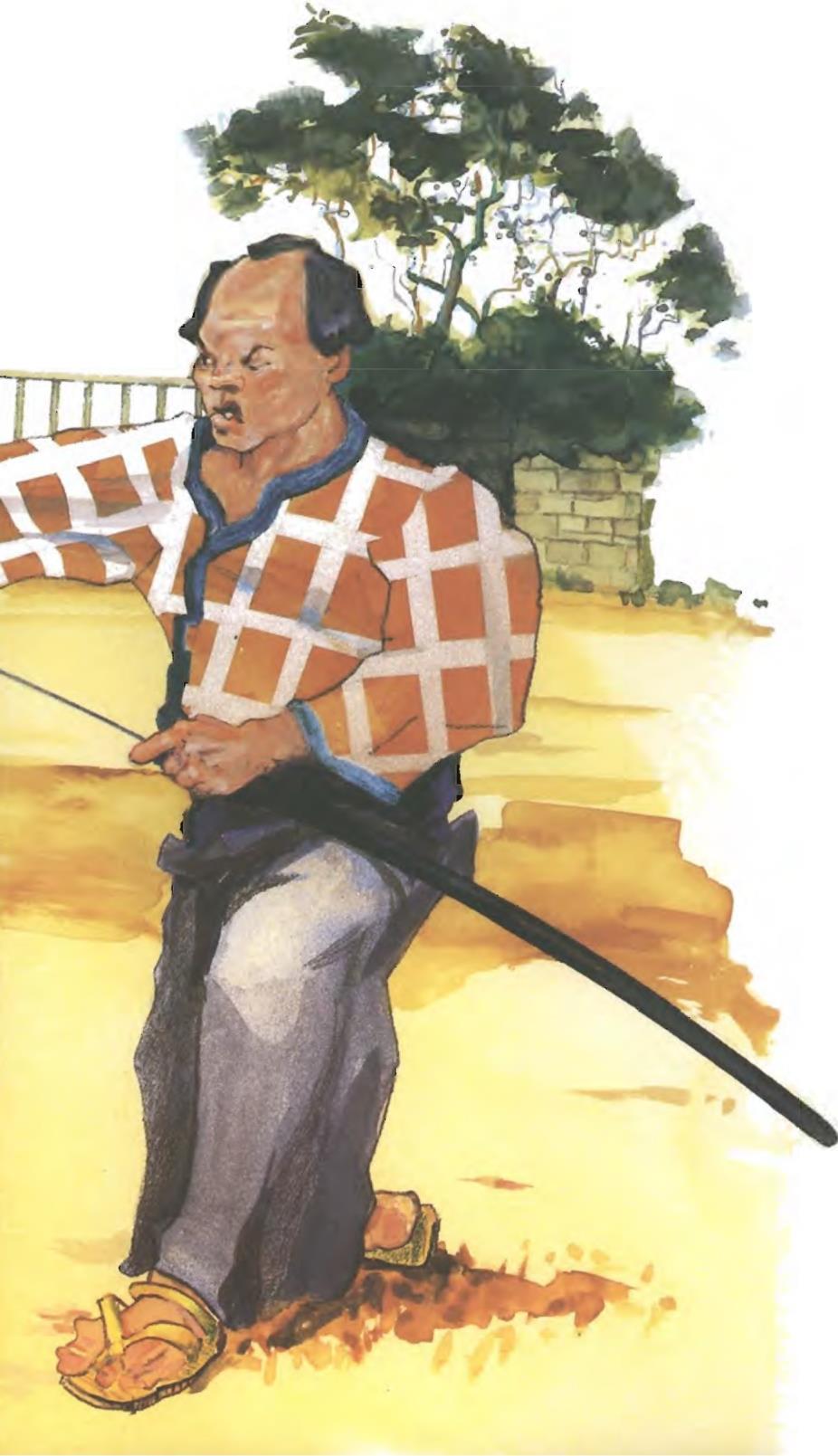
"My, my," said
Bofu calmly.
"This emptiness
is certainly quick
to show anger,
isn't it?"
Karate
After almost a thousand years in China, Kempo and Kung Fu spread to other parts of the Far East-like Korea and Okinawa. In Okinawa, an island off the coast of China, Kempo and Kung Fu (Chinese Karate) were called "Karate" which meant
"Chinese hands." It is fascinating how it developed. At the time it was a crime for common people to have any weapons, which were outlawed and allowed only to the military ruling class.
The people began to develop parts of their bodies like weapons in order to protect themselves. The side of the hand (the Karate "chop") was used like a sword. The tips of the fingers were made hard and strong like a spear (spearhand). The bottom of a clenched fist was a hammer (hammer hand) or mace.
In Okinawa, in the late 1800's, there lived a man named Gichin Funakoshi. He was an elementary school teacher in his early life but gave up teaching to study Karate full time under two Masters of that period. He was already familiar with Karate and had been studying it since he was 11 years old.
Funakoshi traveled to Japan in the early 1900's and introduced Karate to the Japanese. It quickly caught on and was spon-sored by the Japanese Ministry of Education.
Funakoshi started the Japanese Karate Association and Shotokan (show-toe-kon), his own style of Karate, around 1948.
In 1957 Funakoshi, now considered the father of modern Karate, died at the age of 88. He had spent 77 years studying and teaching this art form!
Currently Karate is enjoyed throughout the world. Wher-ever you may travel, Karate is known and appreciated. Although there are numerous fighting styles that have their roots 12
in many countries, the best known come from China, Korea, and Japan.
Empty Hands to Empty Self
In Japan, the meaning of Karate, "Chinese hands" evolved into "empty hands." This came about due to the philosophical aspect of Karate. Philosophy is the study and love of truth in daily living and, combined with the physical exercise of the body, makes for a whole being. The philosophical side of Karate comes from a religion known as Zen, which has its origins in Buddhism.
Zen says that life each moment is an ever-changing wonder, that every day is a miracle, because living is always new and fresh. Young children seem to see and live more simply than adults. Zen says that people lose the ability to be like a child as they grow up. Adults become too serious, afraid, worried.
Their minds become overloaded with troubled thoughts. They become so worried that their minds fill up, like a cup of tea filled to the brim, so nothing else can get in. Adults are so concerned with feeling bad about the past and are afraid of the future that they cannot live in the moment - in the here and now. As a result, they cannot fully enjoy the natural world, the wonderful smell of the trees and flowers. They cannot listen to the rain falling on the roof, see the glory of birds in flight, experience the greatness of the ocean on a bright sunnY, summer day - all the things children seem to naturally love and appreciate.
"Emptying" one's mind of "unnecessary" thoughts is at the root of Zen and modern day Karate. By "unnecessarY," I mean those thoughts that frighten you or make you worry too much, 13

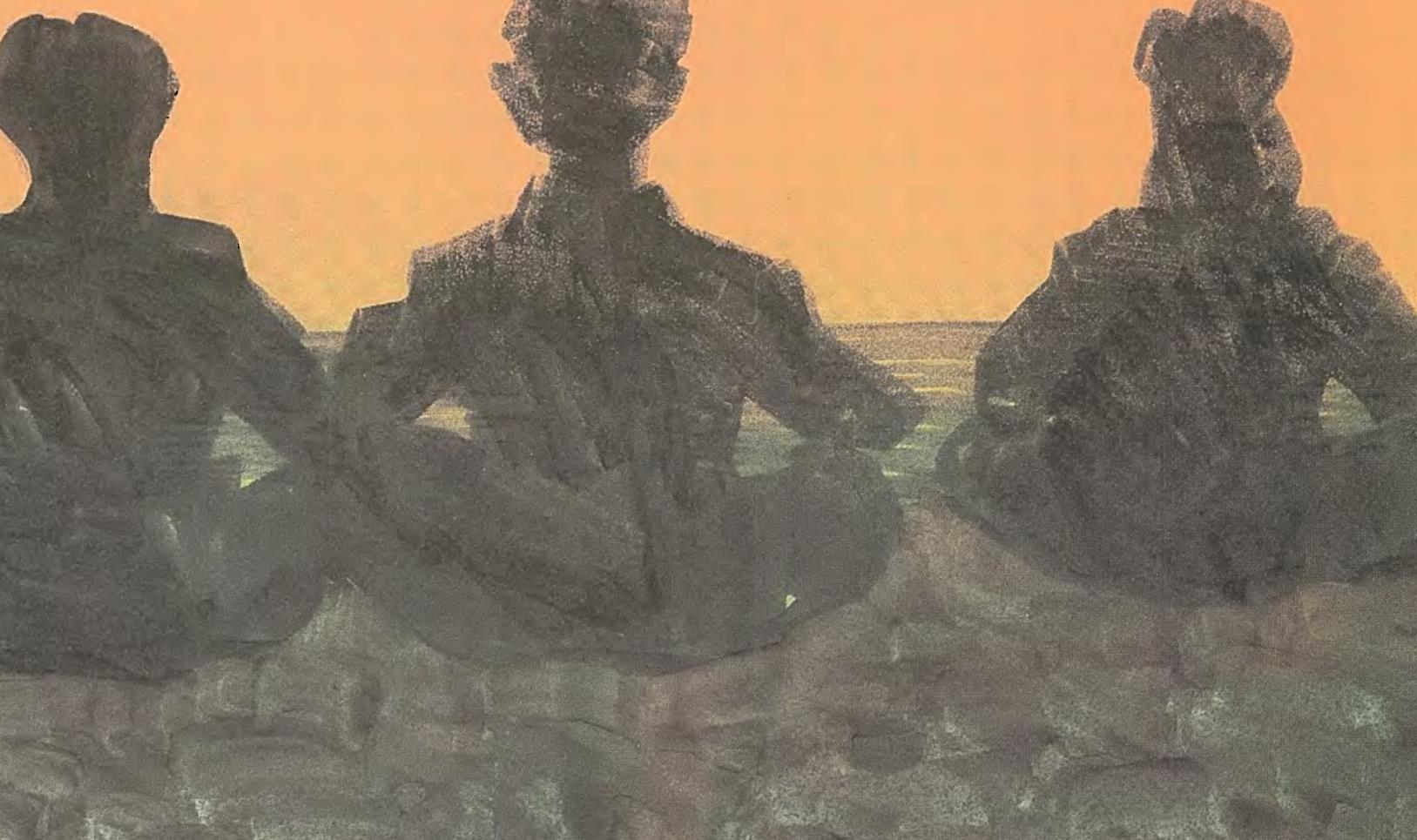
-f
.)
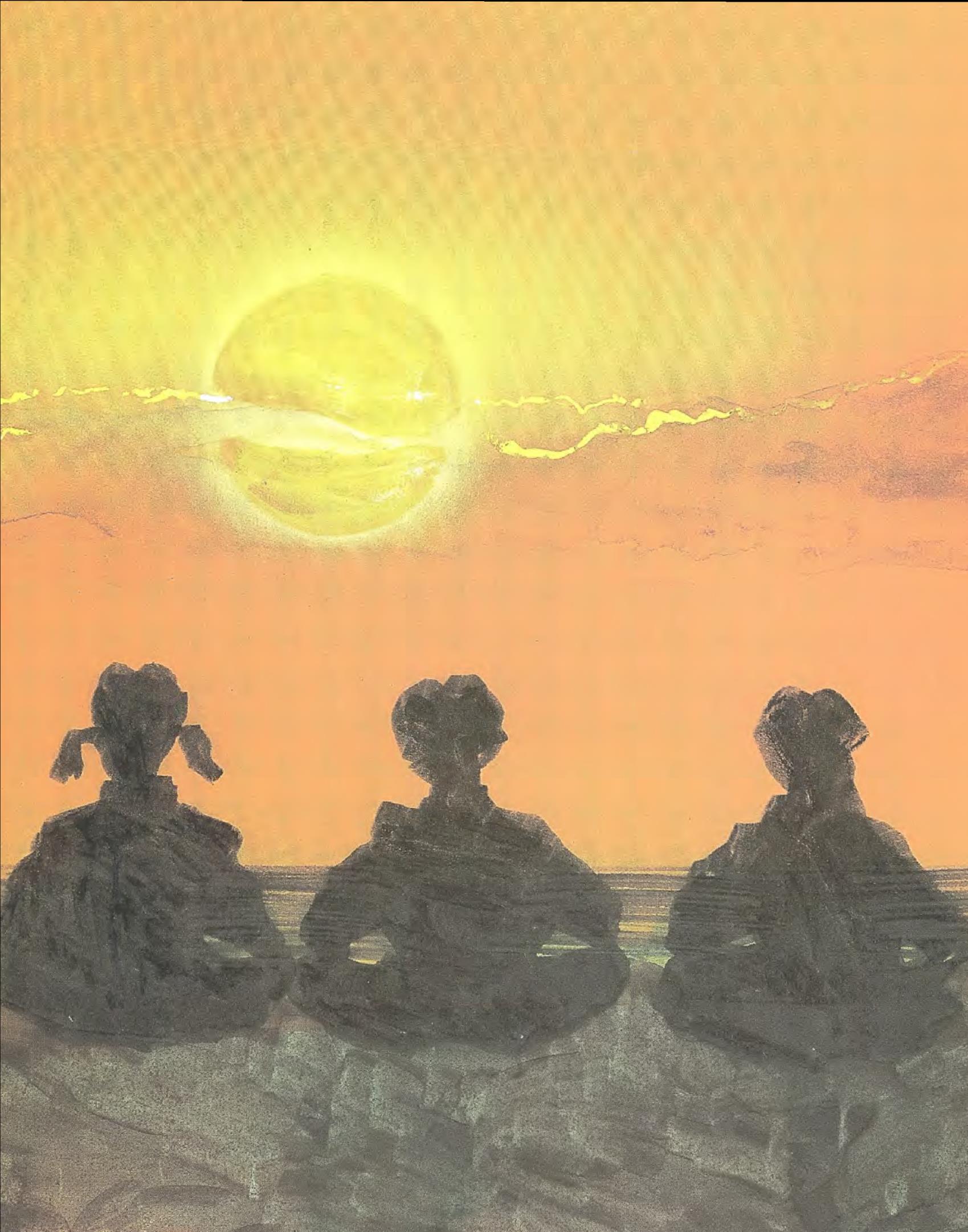



as if they were real. Through Zen there are methods of "emptying" the mind of all unnecessary thoughts so that we are free to act more clearly and intelligently.
Zazen
One method of emptying the mind is what is called Zazen, or "sitting meditation." In Zazen a person just sits and watches his or her breathing. It is very simple and also very hard. It is simple because it is natural to just be quiet and let the mind rest and be still. It is hard because your thoughts sometimes run wild, and cause temporary confusion and anxiety. As you concentrate on your breathing, something which is constant and always there - your mind begins to quiet, and your unnecessary thoughts slow down and eventually disappear. When people discovered this about Zazen, they found it to be a wonderful thing. In learning this form of relaxation and the ability to focus totally and completely on something so here-and-now as their breathing, it changed the way they lived for the better.
They learned relaxation and focus.
In Karate, Zen plays two very important parts. Karate, as you probably already know, consists of different kinds of movements - for example, the basics, which are blocking, punching, striking, and kicking -
and Katas, which are dance-like art
forms made up of a combination of self-defense techniques. By concentrating not only on one's breathing during periods of Zazen meditation, but also on the Karate basics and Katas, a person can slow down and even stop unnecessary thinking.
This is especially important to do if one needs to be aware of an opponent. Unnecessary thinking wastes time and energy and prevents a person from responding instantly to an attack.
16

On another and much deeper level, Karate helps a person
"empty" himself of anger, hurt, and confusion -
the kind of
thinking that clouds the mind and causes it pain. Karate as
"empty self' is meant to bring about a peaceful, clear, and sensitive outlook to one who practices it. It is therefore much more than a self-defense or a method of "empty hand" fighting. Karate is an art that helps develop a confident, gentle, yet powerful person -
one who can live more joyfully in the world and, as a result, bring more happiness and well-being to others.
The following quote by Gichin Funakoshi clearly defines empty self:
"As a mirror's polished surface reflects whatever stands before it, and a quiet valley carries even small sounds, so must the student of Karate empty one's mind of selfishness in order to respond appropriately to anything one might encounter. This is the meaning of Kara, or 'empty' in Karate."
' '
, '�'
���.·
I

















